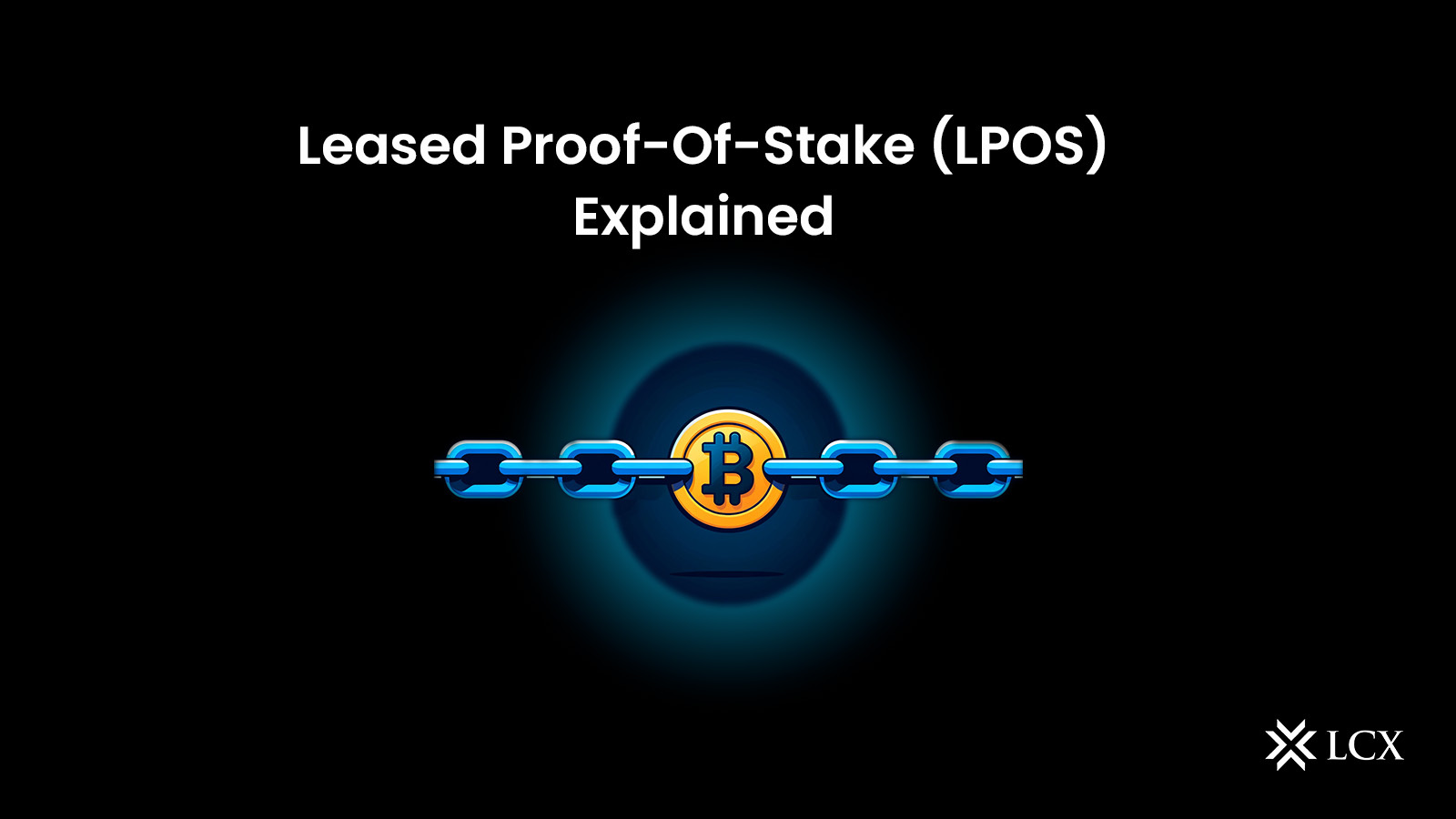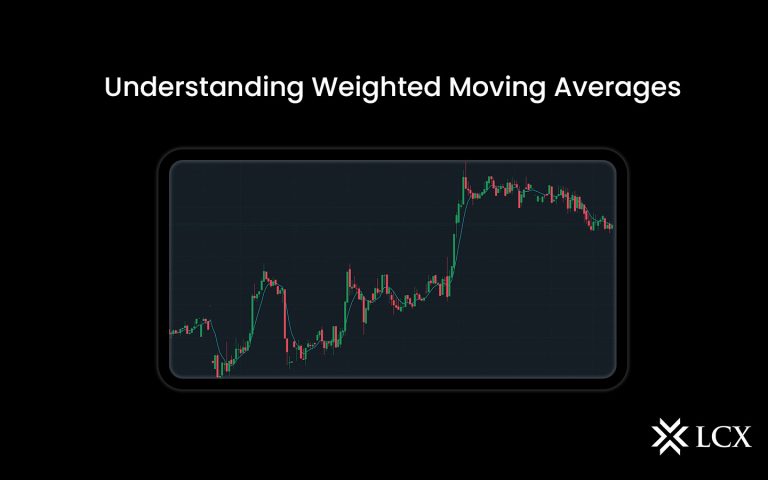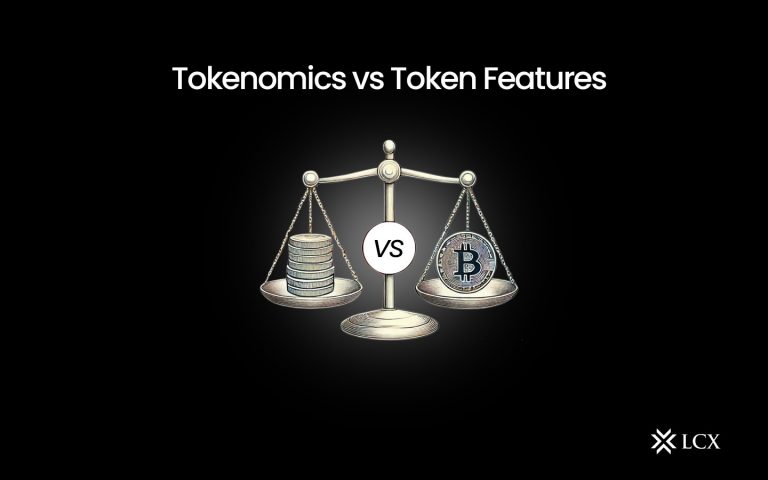Understanding Leased Proof-of-Stake
LPoS is a proof-of-stake algorithm designed to enhance mining power, address PoW’s inherent flaws, and improve other proof-of-stake algorithms, such as delegated proof-of-stake (DPoS).
Regular cryptocurrency users have likely encountered the term proof-of-stake (PoS) in the context of crypto staking. However, what is leased proof-of-stake (LPoS), and is there a relationship between the two?
Yes, as LPoS is merely a variation of the PoS system. Proof-of-stake is a crucial component of the blockchain consensus mechanism, in which validators stake to generate and validate transaction blocks.
LPoS is useful when validators on proof-of-stake platforms are required to stake more cryptocurrency to increase their odds of block generation. Token holders who lack the technical expertise or financial resources to operate validator nodes can lease their tokens to validator node operators, thereby increasing the validator’s opportunity to produce new blocks. In exchange, they will receive a proportional amount of the transaction charge paid to the validator.
Token-holders can lease their stake or operate a complete node in an LPoS environment. However, the more tokens a node stakes, the greater its likelihood of being chosen to generate a new block. LPoS enables users to acquire the proceeds of mining without participating in the mining procedure.
How Leased Proof-of-Stake Works
LPoS operates on the same premises as a lottery in that more stakes increase someone’s odds of winning rewards. Then, how does leased proof of stake function? The LPoS system adheres to a series of predefined procedures:
Create a lease transaction:
Tokenholders lease coins to a node by specifying the quantity and recipient address in a lease transaction. Any lease can be terminated at any time.
Wait for block generation:
Leased funds are added to a node’s pool, enhancing the likelihood of winning the next block’s lottery.
Consensus participation:
LPoS permits lessees to join the consensus process; larger nodes have a greater chance of generating the next block.
Generate blocks:
The winning nodes validate transactions, compile them into blocks, and are rewarded with transaction fees.
Shared rewards:
Node administrators distribute rewards to lessees in proportion to their investment, with greater stakes resulting in greater rewards.
Please observe that the leased tokens never leave the lessor’s hardware wallet and remain entirely under the tokenholder’s control. The holder merely links the selected node(s) and does not transfer tokens to the node in question. The tokens cannot be traded or transferred by any party, including the holder. Until the lease is terminated, the holder is unable to transact or spend the allocated coins.
Key Features of Leased Proof-of-Stake
Decentralization, balance leasing, fixed tokens, and scalability are features of LPoS.
The key characteristics of LPoS include:
Balance leasing
Neither can leased tokens be transferred to validators nor traded. From cold storage or wallets, users may lease out their tokens and funds.
Decentralized
Decentralized LPoS distributes rewards proportionally to the quantity staked, eliminating the need for a mining pool. A peer-to-peer protocol prevents third-party intervention, which makes it ideal for blockchain governance.
Unpredictable block generation
It is impossible to predict who will earn the right to generate the following block. The only thing worth mentioning is that the greater a node’s economic stake, the greater its odds of gaining the right to generate the next block.
Fixed tokens
Mining does not produce additional LPoS tokens because the system only permits token leasing.
Scalability
Scalability LPoS developers prioritise chain-level scalability over second-tier applications.
Rewards
Other blockchain systems offer block token rewards, but LPoS rewards effective node operators with transaction fees.
The Role of LPoS in Blockchain Validation
LPoS is a form of PoS used in blockchain networks to validate cryptocurrency transactions.
LPoS employs network nodes or devices to validate and verify blockchain transactions. Node-based validation employs computational randomness, dependent on a node’s financial stake, to designate the authority to validate blockchain transactions.
A PoS consensus algorithm relies on the following factors to determine, at any particular time, which node is best suited to validate transactions:
Age of tokens: The longer staked tokens remain inactive on the LPoS platform, the greater the likelihood that they will be chosen to validate the next transaction. Immediate verification of LPoS transactions resets the stake’s age to zero.
Size of stake: The greater the stake, the greater the probability of validation selection.
PoS utilizes passive cryptocurrency deposits rather than the raw computational power in mining hardware used in proof-of-work (PoW) systems, making PoS more resource-efficient than PoW.
LPoS is currently utilised by two prominent blockchains. The Waves blockchain uses the LPoS consensus algorithm to verify the blockchain’s state by permitting users to lease tokens to generating nodes and receive rewards distributed by these nodes. Lastly, Nix employs a permissionless staking mechanism that enables users to stake via a separate third-party wallet, with the third party being responsible for the staking.
Benefits of Leased Proof-of-Stake
Gaining rewards without actively trading, increasing your possibilities of receiving rewards by joining a larger node, and LPoS’s inherent security features are just a few of its many advantages.
Participating in LPoS can provide several advantages:
Passive investment:
It is possible for users to partake in block generation and receive rewards without actually generating blocks.
Allows smaller investors to participate:
LPoS protocols necessitate a minimal investment for network participation. For instance, Waves requires a node to possess at least 1,000 Waves (WAVES) in order to partake in block generation. Less-wealthy investors can lease cryptocurrency tokens to more prominent nodes for the possibility of receiving rewards.
Difficult to manipulate:
The LPoS generating balance rule computes the lowest balance after accounting for leasing in the most recent 1,000 blocks, thwarting attempts to manipulate the system by transferring funds between accounts.
Increases chances of winning rewards:
The LPoS is designed to reward nodes with the greatest economic interests in the network. Therefore, leasing tokens to a larger node increases the likelihood of receiving rewards compared to going it alone.
Retain ownership:
The leased tokens cannot be traded or transferred (they won’t even exit the wallet), minimizing the risk of loss.
Low barrier to entry:
No mining hardware is required to partake in validation.
LPoS Crypto Mining Alternatives
Proof-of-validation, delegated proof-of-stake, and pure proof-of-stake are PoS-based alternatives to LPoS.
PoS enables users to validate transactions and create new blocks on a blockchain, although it is technically not a method to mine cryptocurrencies. LPoS enables users to lease crypto tokens to validating nodes.
Multiple alternatives to LPoS provide access to the PoS consensus mechanism:
Delegated proof-of-stake (DPoS)
Users can delegate the production of new blocks to delegates or witnesses via a democratic voting system that weights ballots based on the number of tokens held on a platform.
Pure proof-of-stake (PPoS)
This one is utilized primarily by the Algorand blockchain for the creation of decentralized applications (DApps). Users can vote for representatives who vote on proposed changes to the blockchain and propose new blocks.
Proof-of-validation (PoV)
This attempts to achieve consensus via validator nodes with stakes. The quantity of tokens staked with each validator determines the number of votes that the validator receives. The new block is validated when a validator with at least two-thirds of the network’s total voting power submits a committed vote on the block.
Hybrid proof-of-stake (HPoS)
Some LPoS protocols combine PoS and PoW’s strengths. They use PoW to generate new blocks for transaction storage and PoS to validate the blocks.










